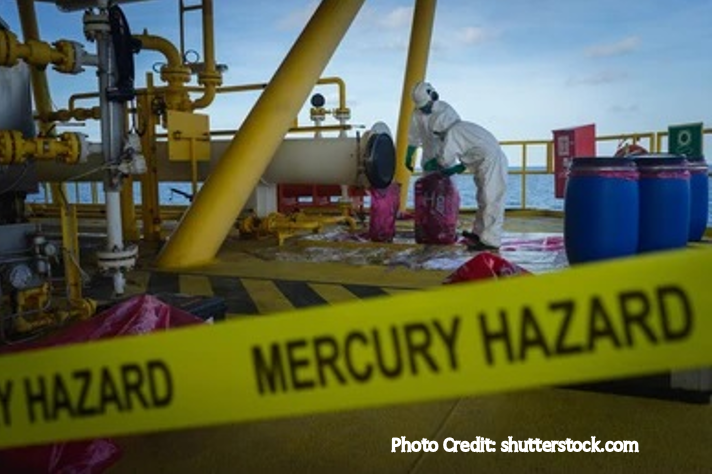Author[s]: Huyen Thi Le, Wonsiri Punurai, Noor Amila Wan Zawawi, Omar Bin Yaakob, Nhung Thi Phuong Nguyen, Thanh Thanh Le, Kiet Van Nguyen, Sari Amelia, Nurul Anis Kamarudin, Hooi-Siang Kang, and Sy Van Le
Abstract
Given the annual generation of huge quantities of mercury waste worldwide, mercury exposure is a universal issue. Mercury waste from the oil and gas industry should be of concern, owing to the presence of mercury during the whole oil and gas life cycle, as well as the industry’s importance and magnitude. Particular attention should be given to mercury waste from the Association of Southeast Asian Nations (ASEAN) oil and gas industry because of the high mercury concentrations in the regional petroleum deposits and the upcoming growth of the upstream and downstream subsectors. Therefore, this study aims to explore: (1) how mercury waste from the ASEAN oil and gas industry is managed and (2) the extent to which waste management facilities in the ASEAN can handle such waste. The paper starts with a description of some mercury forms occurring in oil and gas operations and the current situation of the ASEAN oil and gas sector. It then presents the legal frameworks and facilities for mercury waste management in the region and ends with a case study analysis of Best Mercury Technology (BMT) Thailand—a mercury waste management facility. The findings show that most countries lack specific laws on mercury waste management, while some have not legally identified mercury waste from the oil and gas industry and set thresholds for determining mercury waste as well as specific mercury emission standards for oil and gas activities. Other challenges include the lack of proper mercury waste management facilities or facilities that cannot recover mercury from the waste in some nations, including those having a strong oil and gas industry. The case study analysis demonstrates that BMT Thailand’s operations adhere to the national legal requirements as well as many international standards and conventions, indicating the availability of a world-class facility in the ASEAN to cater for the regional demand.
Publication in American Society of Civil Engineers (ASCE) Journal of Hazardous, Toxic, and Radioactive Waste, Volume 27, Issue 1

Please visit https://doi.org/10.1061/(ASCE)HZ.2153-5515.0000737 for full article access.
For more information on the publication, please contact Huyen Thi Le ([email protected])
